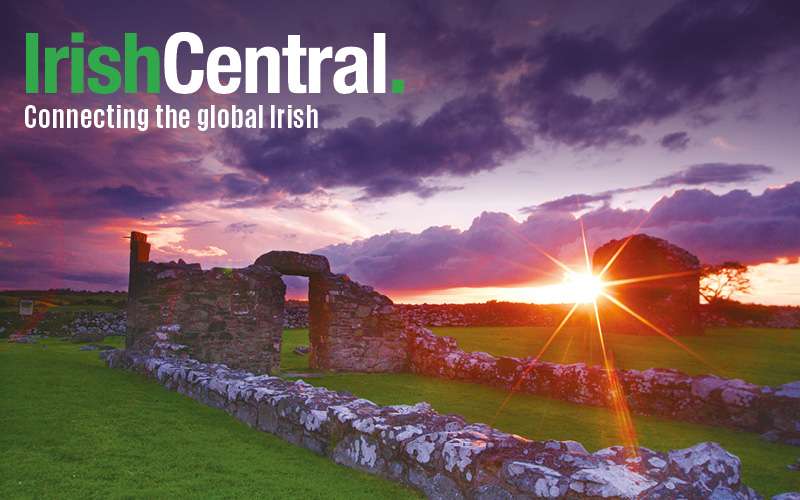Minister for Culture Mary Hanafin says the 1901 Census is an important tool for people that wanted trace their Irish roots.
“In a world which is very troubled, people want to know where they are rooted and are anxious to know about their background and their heritage," said Hanafin.
The 1901 census is set to become even more popular than the 1911 Census records that were put online between 2007 and 2009. Despite the fact that the Census has not being formally launched in the U.S., the 1911 Census records has received 260 million hits from seven million unique visitors.
Unfortunately, there are no further Census records to publish as the majority of them were destroyed by a Customs House raid by the IRA during the War of Independence and by a fire at the Public Records Office during the Civil War in 1922. Some records were also pulped due to a paper shortage during WWII.
The cost of uploading the documents onto the Internet have cost over $5million and took up to five years complete.
Hanafin said that the project brought our history and genealogy "a bit closer to us all."
The 1901 Census of Ireland is now available to view online, allowing access to more than 4.5million records from 1901.
Over 850,000 households were covered by the Census which was taken on the night of Sunday, March 31st, 1901.
The Census included the whole island of Ireland, and some very famous names in Irish history pop up in the records.
A 19-year-old James Joyce is recorded to be living with his family in Dublin's Fairview.
A 22-year-old Padraig Pearse is listed a the head of household in the 1901 census, and 10 years later he fills out the form in Irish.
Eamon de Valera is recorded as an 18-year-old boarder in Blackrock College.
The Census provides information about a household on a single sheet and requires information such as name, relation to head of family, religious profession, education, age, sex, occupation, marriage status, where born, if the individual spoke English, Irish or both and if the person had a disability.
The archives director of special projects Catriona Crowe said most of the interest in the records came from Ireland and Britain but interest was steadily growing from the states.
Crowe said that the Census website was easy to navigate and Census records could be easily studied.




Comments